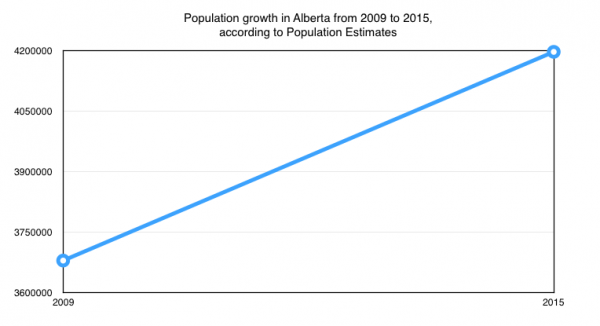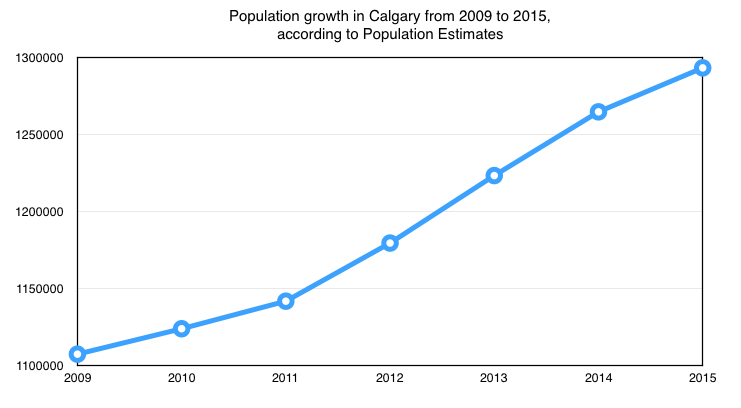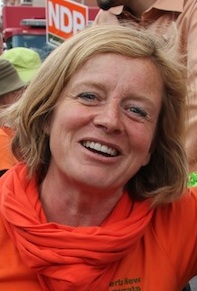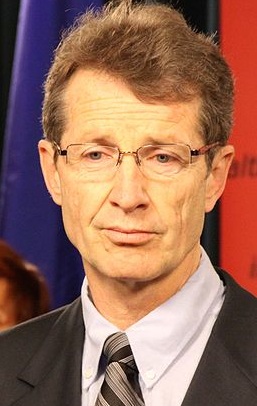Elections Alberta has released the initial financial disclosures showing how much money Alberta’s political parties spent and raised during the 2019 provincial general election campaign period spanning from February 1, 2019 to June 16, 2019.
This was the first election under the new election finance rules implemented by the New Democratic Party during their term in government. The NDP made a number of significant changes to how Alberta’s elections were financed, including banning donations to political parties by corporations and unions, and introducing a spending limit of $2,000,000 for political parties and $50,000 for candidate campaigns, but at the financial returns show, what the spending limits apply to are limited.
The $2,000,000 and $50,000 spending limits only apply to the actual 28-day election period from the time the election is called until Election Day. So the limit does not apply to the broader campaign period, which according to Section 38.1(2) of the Election Act, begins on February 1 in the year of the fixed-election date and ends ends 2 months after Election Day.
The Election Finances and Contributions Disclosure Act also creates exceptions to the spending limit on expenses categorized as “election expenses.” The expense limit during the 28-day election period does not apply to a candidate’s travel expenses related to the election, including meals and accommodation, a candidate’s child care expenses, expenses related to the provision of care for a person with a physical or mental incapacity for who the candidate normally provides such care, etc.
What the parties spent

The United Conservative Party spent $4,561,362.10 while raising $3,889,582.70 during the campaign period, ending the campaign with a deficit of $671,779.40.
$1,909,116.43 of the UCP’s expenses were spent on items that fall under the provincial limit, including $1,202,965.43 spent on advertising, posters, pamphlets and promotional materials. $2,619,471.83 was spent on expenses that was exempt from the spending limit.
The NDP spent $5,363,029.30 and raised $3,706,785.66, ending the campaign with a deficit of $1,656,043.64.
Of the NDP’s campaign expenses, $1,977,367.65 were spent on items that fall under the provincial limit, including $1,363,029.74 for advertising, posters, pamphlets and promotional material. $2,200,131.09 was spent on expenses that was exempt from the spending limit.
The Alberta Party raised $206,597 and spent $199,935 during the campaign period. $118,960 of the Alberta Party’s expenses fell under the provincial limit rules, including $21,932 spent on advertising, posters, pamphlets and promotional. Of the party’s total expenses, $74,975 was exempt from the limit.
The Alberta Liberal Party raised $101,233 and spent $130,063, ending the campaign with a deficit of $28,830. The Green Party raised $14,894.40 and spent $41,702.22, earning a deficit of $26,807.82.
Some candidates spent a lot during the campaign period
The campaigns of a number of UCP candidates spent considerable amount during the course of the broader campaign period. Here is a snapshot of some of the higher candidate campaign expenses:
- Doug Schweitzer, UCP candidate in Calgary-Elbow: spent $309,597.22, of which $268,166.23 did not fall under the spending limit.
- Tyler Shandro, UCP candidate in Calgary-Acadia: spent $122,170.91, with $77,463.88 not falling under the spending limit.
- Kaycee Madu, UCP candidate in Edmonton-South West: spent $101,098, with $55,527 exempt from the spending limit.
- Dan Williams, UCP candidate in Peace River: spent $92,268, with $52,750 exempt from the spending limit.
- Jason Luan, UCP candidate in Calgary-Foothills: spent $92,268, with $52,750 exempt from the spending limit.
No NDP candidate candidate campaign spent anywhere near the amount of the big spenders on the UCP slate, but a number of candidates did exceed the $50,000 limit:
- Rachel Notley, running for re-election in Edmonton-Strathcona: spent $73,297, with $39,798 exempt from the spending limit.
- Christina Gray, NDP candidate in Edmonton-Mill Woods: spent $73,576, with $27,742 exempt from the spending limit.
- Lorne Dach, NDP candidate in Edmonton-McClung: spent $64,282, with $27,396 exempt from the spending limit.
And the campaign of Caylan Ford, the UCP star candidate in Calgary-Mountain View who withdrew from the election before the nomination deadline, was recorded to have spent $83,100,50 during the campaign period that began on February 1, 2019, with $32,676.94 of these expenses being exempt from the spending limit.
Chief Elections Officer recommends changes
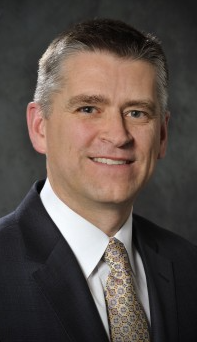
Chief Elections Officer Glen Resler recommended in his office’s recently released annual report that the spending limits be placed on the entire campaign period, rather than just the election period. He argued in the report that this change would “reduce the administrative burden and provide clarity for Chief Financial Officers of parties, constituency associations and candidates with respect to apportioning expenses between election and campaign periods.”
Resler recommended that Election Finances and Contributions Disclosure Act and the Election Act be “combined into one coherent statute to make the legislation more accessible to participants and electors and provide a much-needed opportunity to renumber the legislation.” Currently, eight other provinces and territories have one piece of legislation governing provincial elections.
The report also recommends that political entities be expressly prohibited from contributing to third party advertisers, which seems to be a reaction to the decision by the now defunct Wildrose Party association in Airdrie to donate $16,000 to a political action committee.
CBC reports that the UCP government is expected to make major changes to Alberta’s election finance laws in the spring 2020 session of the Legislature. It is suspected that some changes could removing the limits of third-party advertisers to spend funds during the election and campaign periods, and raising the amount that individuals can donate to political parties. Changes are also expected to include moves to limit the ability of unions to fund third-party groups and to advocate for their members on political and policy issues.


